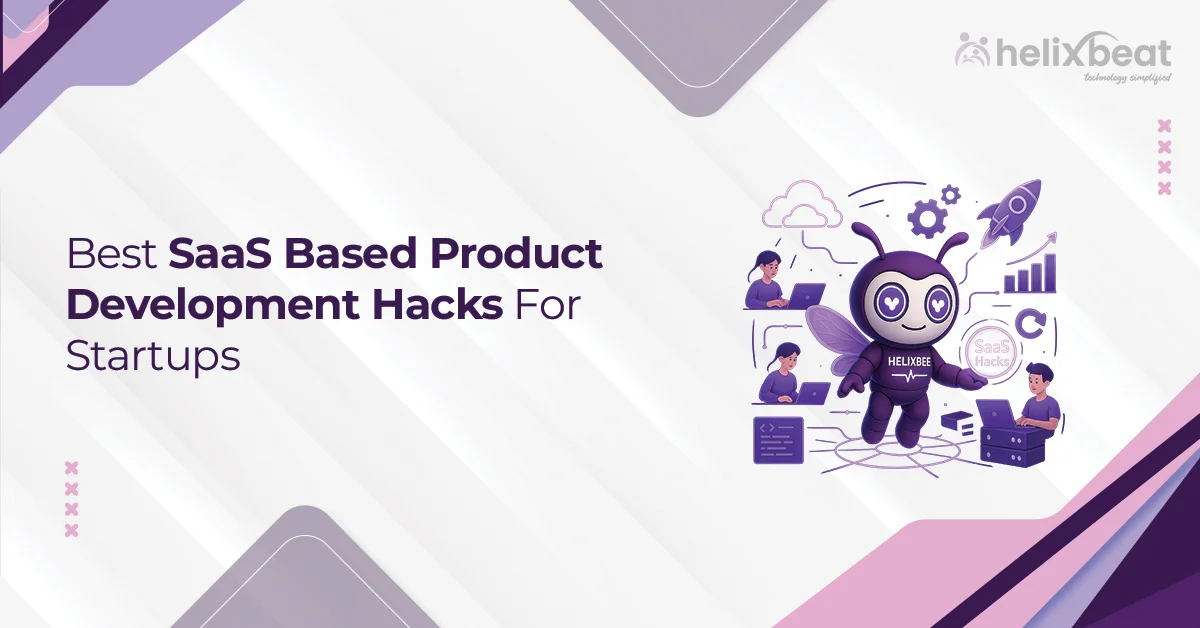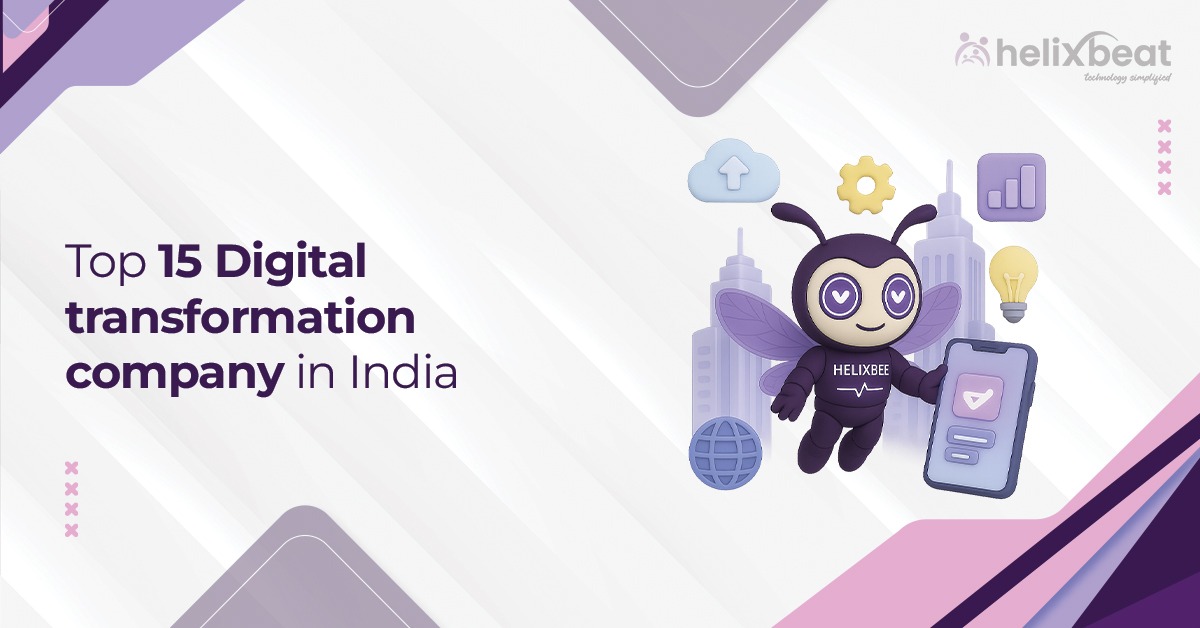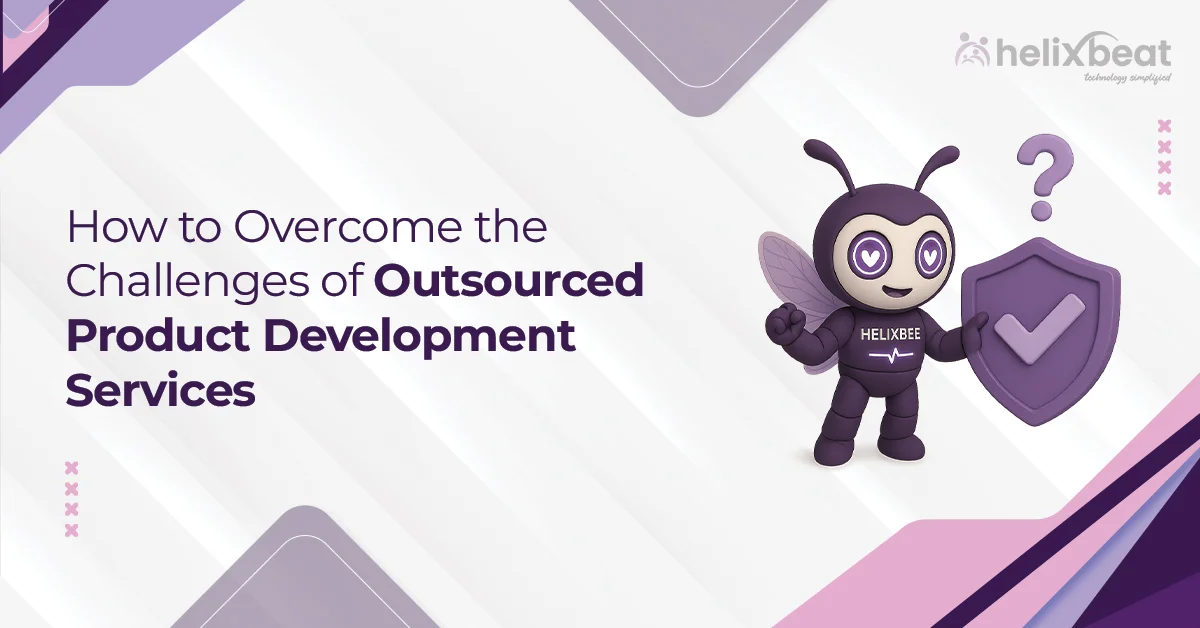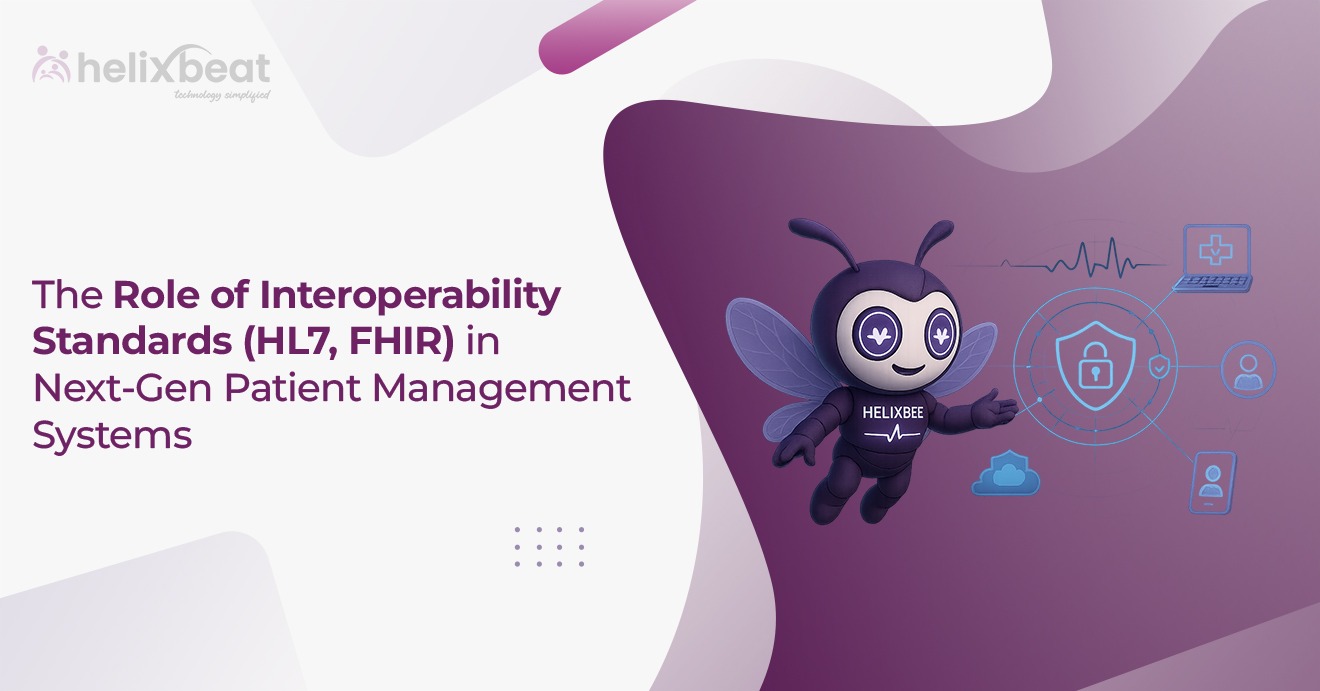According to IDC, companies that delay digital transformation lose up to 30% of their annual revenue due to inefficiencies and poor customer experiences.
For many businesses, the real threat isn’t cyberattacks or market shifts, it’s technology stagnation. Sticking with outdated tools, slow systems, and disconnected platforms makes growth harder than ever.
If you are struggling with clunky interfaces, manual data entry, or systems that don’t connect to each other, you’re not alone. These are signs that your digital legacy systems are holding you back.
The good news? You don’t need to start from scratch. With smart technology transformation services, businesses can rebuild what’s broken, adopt modern IT systems, and shift toward a more agile, scalable setup.
In this blog, we’ll break down a clear step-by-step guide to start your successful digital transformation.

What is Technology Transformation?
Technology transformation refers to the process of upgrading a business’s existing technology infrastructure to improve how it operates, serves customers, and responds to market changes. It involves moving away from outdated systems, often called digital legacy systems, and adopting newer, faster, and smarter digital tools. This could include switching to cloud platforms, automating workflows, enhancing cybersecurity, or integrating data across departments.
But it’s not just about using the latest tech. True technology transformation changes how a business thinks, works, and grows. It supports enterprise transformation by making operations more efficient, decision-making faster, and customer experiences better. With the help of technology transformation services, companies can simplify their processes, improve team collaboration, and make room for innovation, all while keeping up with modern-day demands.
Reasons for Businesses to Rebuild Their Technology Setup?
Many companies rely on outdated systems that slow growth and increase risk. With changing market demands, rebuilding with the help of technology transformation services allows businesses to modernize, improve efficiency, and stay competitive.
1. Old systems slow things down
Old and disconnected software makes it harder to work efficiently, respond to customer needs, or scale operations. Rebuilding helps replace these systems with faster, smarter solutions.
2. Customers want faster, better service
Today’s customers expect digital convenience, speed, and personalized service. Upgrading your technology helps deliver a better experience across all touchpoints.
3. Too much data, but not enough use
Businesses collect a lot of data, but without modern tools, most of it goes unused. A new setup helps bring data together and turn it into real insights.
4. Your tech should grow with your business
As your business grows, your tech should too. Rebuilding your setup allows for easier updates, new integrations, and faster innovation over time.
Step-by-Step Guide for a Successful Digital Transformation
Step 1: Assess and Audit Existing Systems
Start by conducting a comprehensive audit of your current IT landscape. This includes evaluating hardware, software, workflows, integration points, data architecture, and cybersecurity readiness. Identify which components are digital legacy systems, those outdated tools or platforms that limit efficiency, flexibility, or scalability.
At this stage, involve both business and IT stakeholders. The goal is to understand where bottlenecks occur, what tools are underutilized, and where user experience suffers. Tools like Application Portfolio Rationalization (APR) can help assess the cost vs. value of each system.
Step 2: Align Transformation Goals with Business Objectives
Digital transformation should never be a standalone IT project. Link every technology initiative to a broader business objective, whether it’s speeding up product development, improving customer retention, or lowering operational costs.
Define KPIs such as:
- Reduction in time-to-market
- Uptime improvement
- Customer support response times
- Cost savings from automation
This alignment ensures that your enterprise transformation strategy is outcome-driven rather than tool-focused.
Step 3: Prioritize High-Impact Areas for IT Modernization
You don’t need to rebuild everything at once. Focus on areas that will deliver the highest return first; these are often core functions like ERP systems, supply chain processes, or customer service platforms.
Start with modular modernization like moving workloads to the cloud, replacing monolithic apps with microservices, or implementing low-code platforms for process automation. Use technology transformation services that offer domain expertise, DevOps support, and API-led integration to keep modernization seamless and secure.
Step 4: Build a Scalable and Interoperable Tech Stack
Your future digital architecture must be scalable, secure, and integration-ready. Choose cloud-native platforms, containerization (like Docker or Kubernetes), and integration frameworks (like HL7/FHIR for healthcare or EDI for logistics) that allow for easy data flow between systems.
Don’t overlook governance and compliance, especially in regulated industries. Build centralized data repositories, role-based access controls, and automation scripts for audit and compliance reporting.
Step 5: Drive Adoption Through Training and Change Management
Technology adoption is the make-or-break factor in digital transformation. No matter how advanced your setup is, if teams don’t understand how to use it, you won’t see results. Develop a clear change management plan with defined training modules, onboarding flows, and feedback loops.
Use internal champions to promote early adoption, and measure usage patterns using digital adoption platforms (DAPs) like WalkMe or Whatfix to spot where users struggle.
Step 6: Monitor, Optimize, and Scale
Post-deployment, set up real-time monitoring dashboards to track system performance, user engagement, and business impact. Use tools like Power BI, DataDog, or Splunk to track KPIs and infrastructure health.
Identify what’s working and what isn’t. Iterate on processes using agile methods, continuously integrating new tech where needed. Once stable, expand transformation to other business units or geographies, backed by data and proven results.
Step 7: Partner with the Right Technology Transformation Services Provider
Digital transformation is complex and ongoing. Having an expert partner helps navigate vendor choices, security risks, and platform integrations. Choose a provider who understands your industry, offers end-to-end IT modernization services, and brings a mix of consulting, development, and change management expertise.
Look for proof of successful deployments, strong references, and the ability to customize solutions, not just resell generic platforms.
What will be the Future of Digital Transformation
1. From Technology Projects to Business Models
The future of digital transformation won’t be about digitizing a process; it will be about reinventing entire business models. Businesses are shifting from project-based tech upgrades to full-scale enterprise transformation that impacts how they generate revenue, engage customers, and operate globally.
Expect to see more companies adopting as-a-service models, leveraging platforms, APIs, and cloud-native tools to monetize digital capabilities. For example, manufacturers will offer predictive maintenance services, not just machines. This shift will require deep alignment between tech strategy and business vision.
2. AI and Automation Will Lead the Next Wave
Artificial Intelligence, Machine Learning, and intelligent automation will become the core of future-ready operations. Businesses will increasingly use AI not just to improve processes, but to make decisions, predict market behavior, and personalize customer experiences at scale.
This evolution will push organizations to rebuild tech stacks that support real-time data exchange, low-latency processing, and autonomous decision-making. Rigid systems will be replaced by dynamic, event-driven architectures that adapt, continuously driven by data, not code.
3. Greater Pressure on Legacy Systems and Talent Gaps
As transformation accelerates, digital legacy systems will become more difficult. Businesses that delay IT modernization will face rising costs, security vulnerabilities, and slow innovation. At the same time, the talent required to maintain old systems is shrinking, while demand for cloud, cybersecurity, and AI experts continues to grow.
This gap will force organizations to rethink workforce strategy, blending technology transformation services with upskilling, automation, and agile delivery. The ability to adapt quickly and scale efficiently will separate industry leaders from laggards.
Table of Contents
Why Helixbeat Is the Right Partner for Your Technology Transformation
At Helixbeat, we help businesses move away from old, outdated systems and build smart, modern technology setups that actually work for them. Whether you’re struggling with slow tools, disconnected software, or manual processes, our technology transformation services give you the support you need to grow faster and work smarter.
We take care of everything from cloud migration to automation. Our team understands your business challenges and builds solutions that make daily operations smoother, more efficient, and ready for the future.
If you’re planning to rebuild your tech setup, Helixbeat is here to guide you at every step with the right tools, people, and expertise. Book a call now.
FAQ:
1. What do you mean by technology transformation?
Technology transformation refers to upgrading and overhauling outdated systems, tools, and processes with modern digital solutions. It helps businesses shift from digital legacy systems to smarter, scalable, and more efficient technologies using professional technology transformation services.
2. How can IT services help with digital transformation?
IT services play a key role by offering strategy, tools, and technical support for every stage of digital transformation. They help assess current systems, implement modern solutions, and drive smooth technology adoption, ensuring your business runs faster, safer, and more effectively.
3. What is the main concept of digital transformation?
The core idea of digital transformation is to use technology to improve how a business operates, serves customers, and adapts to market changes. It’s not just about new software; it’s about reshaping your workflows and enabling enterprise transformation through digital tools.
4. Why is IT modernization important?
IT modernization helps businesses replace outdated infrastructure with flexible, cloud-based, and integrated systems. It reduces costs, improves security, speeds up operations, and prepares your business for future growth in a rapidly evolving digital world.
5. What are the stages in enterprise transformation?
Enterprise transformation involves five main stages: assessing current systems, aligning tech with business goals, modernizing IT infrastructure, enabling team adoption, and finally, monitoring and scaling for long-term impact.














